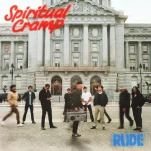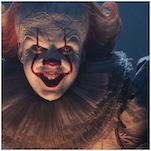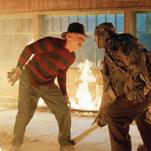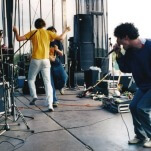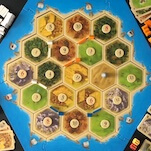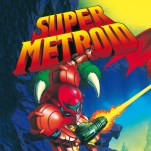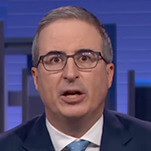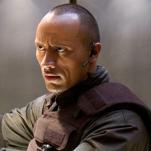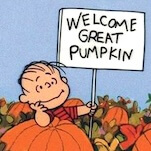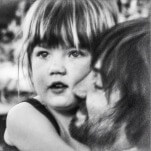Doctor Who Brings Fresh Mysteries and Cosmic Energy to Its Third First Season
Photo Courtesy of Disney+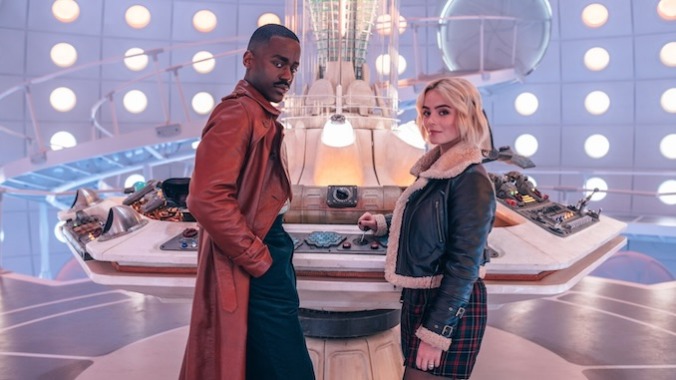
Do you know when Doctor Who had its last non-special, non-Flux (if you don’t know what the Flux is, cherish that ignorance) episode? The year 2020. Like, pre-COVID 2020! Ever since then, Doctor Who has aired 14 episodes, many of which have been great, but few of which have been the kind of fun, low-stakes adventures the series is known for. Finally, after four years, we’re back to episodic hijinks—but that doesn’t mean something isn’t brewing in the background; a compelling and mind-bending mystery is on the horizon, with the potential to be as captivating as Bad Wolf.
Kicking off Season 1’s (or 14th’s, or 40th’s) premiere, “Space Babies” is a bit of a debriefing session between the Doctor (Ncuti Gatwa) and companion Ruby (Millie Gibson). It’s nothing we didn’t know before, but for the benefit of audiences jumping in for the first time (and Ruby herself), he goes through all the basics: he has two hearts, his home planet is Gallifrey; and the more recent lore bits as well: he was adopted by the Time Lords, and he doesn’t know his entire history. Later, in the second episode, “The Devil’s Chord,” he casually drops that his granddaughter, Susan, may have died with the rest of the Time Lords.
Although there’s often a silent grief, loneliness, or rage lying behind the Doctor’s eyes when he shares with Ruby, it’s shocking how fast he does so after keeping these details secret from so many other companions. It shows a more vulnerable, emotionally open Doctor who’s willing to show hurt in healthier ways than just screaming outbursts.
-

-

-

-

-

-

-

-

-

-

-

-

-

-

-

-

-

-

-

-

-

-

-

-

-

-

-

-

-

-

-

-

-

-

-

-

-

-

-

-


